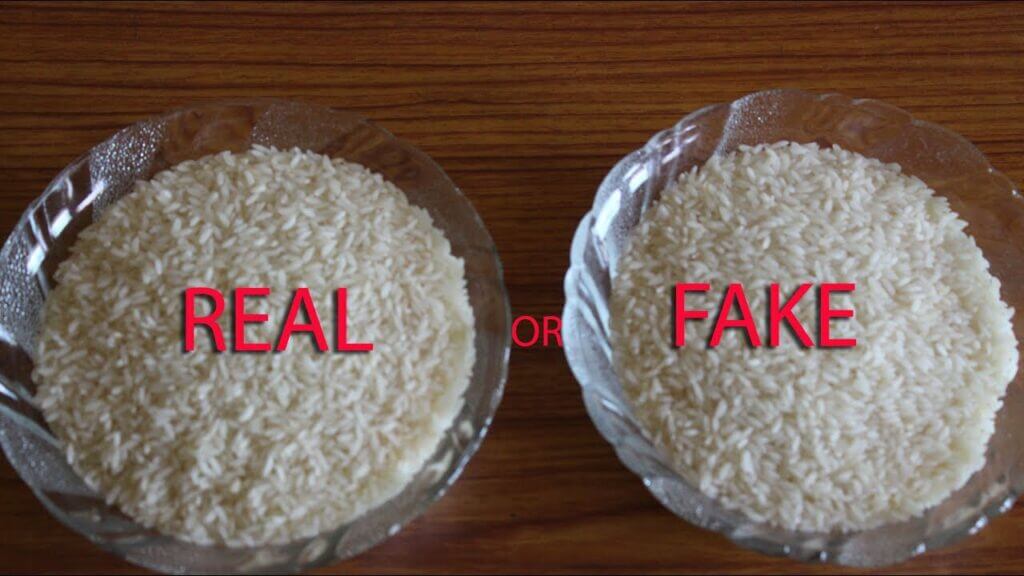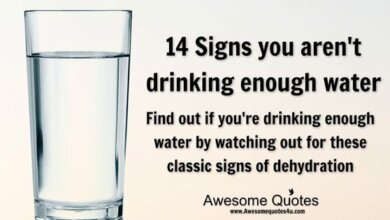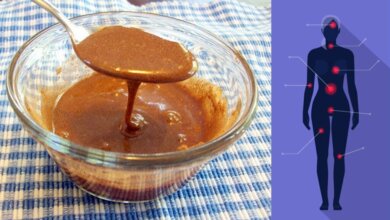How to Identify Plastic Rice: A Simple Guide

In recent years, concerns about food safety have grown, particularly with reports of plastic rice making headlines. Plastic rice is a counterfeit product that looks and feels like real rice but is harmful if consumed. Here’s a simple guide to help you identify plastic rice and ensure the safety of your meals.
1. The Water Test
One of the easiest ways to check for plastic rice is the water test:
- Fill a glass with water: Use a transparent glass so you can clearly see the rice.
- Add a handful of rice: Drop a handful of rice into the water.
- Stir well: Give the water a good stir to mix the rice thoroughly.
- Observe: Real rice will sink to the bottom, while plastic rice will float on the surface.
2. The Hot Oil Test
This test helps to differentiate between real and plastic rice through heat:
- Heat some oil: Pour some oil into a pan and heat it up.
- Add a small amount of rice: Drop a small handful of rice into the hot oil.
- Watch closely: If the rice is plastic, it will start to melt and stick together. Real rice will become crispy but won’t melt.
3. The Fire Test
A quick test to check for plastic content involves fire:
- Take a few grains of rice: Use a small amount for safety.
- Use a lighter: Carefully light the grains of rice.
- Smell the rice: If the rice burns and smells like plastic, it is fake. Real rice will char and emit a typical rice aroma.
4. The Mold Test
This test requires a bit more time but is effective:
- Cook a small portion of rice: Prepare a small amount of rice as you normally would.
- Store the cooked rice: Place the cooked rice in a container and leave it in a warm place for a few days.
- Check for mold: Real rice will develop mold over time, while plastic rice will remain unchanged.
5. The Water Boil Test
This method helps identify plastic rice through boiling:
- Boil some water: Fill a pot with water and bring it to a boil.
- Add the rice: Pour a small amount of rice into the boiling water.
- Observe: If the rice starts dissolving and forms a plastic-like layer on top, it is fake. Real rice will cook normally without forming any unusual layers.
Conclusion
Ensuring the quality of the rice you consume is essential for your health. These simple tests can help you identify plastic rice and protect yourself and your family from potential harm. Always purchase rice from reputable sources and stay vigilant about food safety.
By following these steps, you can enjoy your meals with peace of mind, knowing that the rice on your plate is genuine and safe.




